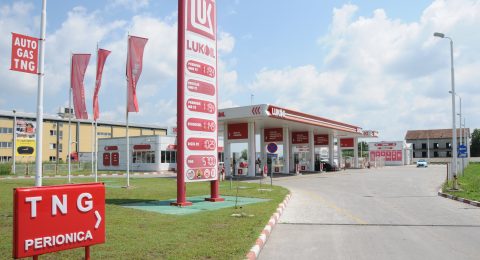The demand for increased production and global energy security presents an urgent need to substantially develop oil and gas infrastructure. This must be accomplished while maintaining operational efficiency and cost-effectiveness. Innovative solutions, such as augmented reality (AR), have become instrumental in aiding industry operators to address these challenges. Implementation of AR technology in oil and gas infrastructure has proven to optimize performance, enhance safety measures, and ensure cost efficiency.
What AR is and How it Differs from Virtual Reality (VR)
AR and VR share a similar concept, but they differ in some ways. Both technologies allow users to visualize objects or environments that may not physically exist in the real world. However, according to an article published by the Council of Petroleum Accountants Societies (Copas), AR distinguishes itself from VR by blending digital elements with the physical world, typically through the use of a headset or tablet. Conversely, VR immerses users entirely into a digital world, cutting off their interaction with the physical environment. For instance, wearing a VR headset can transport users to space and enable them to engage in various activities.
The use of AR in the oil and gas industry offers numerous benefits. Throughout different industrial phases, from drilling to pipeline pumping, AR technology can be utilized effectively. An article from the European Business Review suggests that AR can serve as an ideal tool for mapping and surveying drilling sites, providing a comprehensive 3D visualization. This allows for the identification of potential issues, hazards, and collection of data to enhance operational efficiency. When combined with other technologies such as artificial intelligence (AI) and the Internet of Things (IoT), AR has the potential to facilitate the digitalization of the sector.
Positive Impact and Applications of AR on Oil & Gas Sector
As mentioned above, augmented reality (AR) offers numerous benefits to the oil and gas industry, particularly with regard to its infrastructure. Despite being in its early stages of development, the industry has begun to adopt various applications of this technology.
According to an article released by VSight, augmented reality (AR) facilitates easy maintenance and repair. This innovative technology allows for quick maintenance and repair works for the machines that need urgent services. This can be done through connecting the machines’ monitors in real-time, so that they can detect any problem quickly.
AR headsets also provide technicians with a hands-free solution to complex problems. Technicians can simply wear the headset and receive real-time guidance from remote experts, who can see what the technician sees through the headset’s camera. This allows for faster and more efficient repairs, especially for critical equipment.
AR technology enables cost reduction by streamlining workflows, providing real-time data for informed decision-making, facilitating rapid troubleshooting, and enabling remote problem-solving. These capabilities empower operators to optimize processes, minimize downtime, and reduce overall costs.
AR technology enhances the efficiency and safety of drilling operations by providing real-time 3D visualizations of the drilling site. These visualizations allow operators to remotely monitor the drilling process and identify potential issues, such as broken equipment or leaks, without having to physically be at the site. Additionally, AR can be integrated into smart glasses, enabling workers to perform tasks hands-free, improving safety and reducing the risk of accidents.
AR-equipped wearable devices can monitor workers’ vital signs, including heart rate, blood pressure, and oxygen levels, alerting them to potential health risks and enabling timely intervention. These devices can also monitor air quality, geolocation, and weather conditions, providing real-time alerts about potential hazards.
AR can provide hands-free, on-demand training sessions, eliminating the need for traditional classroom training and reducing the cost of printed materials like handbooks and manuals. AR can also overlay 3D models and instructions onto the real-world view, guiding workers through complex procedures and ensuring proper execution.
AR’s ability to improve efficiency and safety directly translates to cost savings. By reducing downtime, minimizing accidents, and streamlining training, AR can significantly lower operational costs. Additionally, AR can enable remote monitoring and troubleshooting, further reducing the need for costly physical visits to drilling sites.








